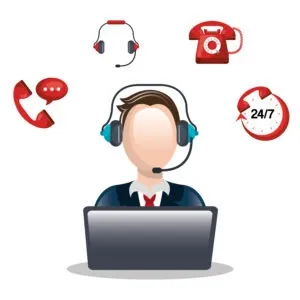
Scrum and the Scaled Agile Framework (SAFe) are both Agile methods, but they serve different purposes and are suited for different scales of operation. Here are the key differences between Scrum and SAFe:
1. Scope and Scale
- Scrum:
- Designed for small, individual teams (typically <= members including Scrum Master and Product Owner).
- Focuses on team-level processes and improvements.
- SAFe:
- Designed for scaling Agile practices across large organizations.
- Includes small teams of Agile teams working together, typically organized into Agile Release Trains (ARTs) with up to 125 members.
- Each Agile team can have up to 10 members with two speciality roles Team Coach and Product Owner
2. Structure
- Scrum:
- Simple framework with three roles (Product Owner, Scrum Master, and Development Team), five events (Sprint Planning, Daily Scrum, Sprint Review, Sprint Retrospective, and the Sprint), and three artifacts (Product Backlog, Sprint Backlog, and Increment).
- SAFe:
- More complex framework with multiple layers: Team, Program, Large Solution, and Portfolio.
- Includes additional roles (e.g., Release Train Engineer, Solution Train Engineer, Product Management, System Architect), events (e.g., PI Planning, Inspect and Adapt), and artifacts (e.g., Program Backlog, Solution Backlog).
3. Roles
- Scrum:
- Roles are limited to Product Owner, Scrum Master, and Development Team members.
- SAFe:
- Expands roles to include Product Manager, Release Train Engineer, Solution Train Engineer, System Architect/Engineer, Business Owners, and more.
4. Planning and Cadence
- Scrum:
- Planning is done at the sprint level (typically 2-4 weeks).
- SAFe:
- Incorporates Program Increment (PI) planning, typically over 8-12 weeks, which includes multiple sprints.
- Includes additional ceremonies like PI Planning, System Demos, and Inspect and Adapt workshops.
5. Alignment and Governance
- Scrum:
- Focuses on team autonomy with minimal prescribed alignment across teams.
- SAFe:
- Emphasizes alignment and governance across the enterprise through the use of value streams, Lean Portfolio Management, and the alignment of teams to common goals and objectives.
6. Backlogs and Work Items
- Scrum:
- Uses Product Backlog and Sprint Backlog to manage work items.
- SAFe:
- Introduces additional levels of backlogs such as Program Backlog, Solution Backlog, and Portfolio Backlog.
- Manages larger work items like Epics, Capabilities, and Features in addition to User Stories.
7. Metrics and Reporting
- Scrum:
- Uses basic metrics such as burndown charts, velocity, and sprint reports.
- SAFe:
- Employs more comprehensive metrics and reporting mechanisms, including Program Predictability Measure, Solution Metrics, and Lean Portfolio Metrics.
8. Implementation Complexity
- Scrum:
- Easier and quicker to implement, suitable for small teams or projects.
- SAFe:
- More complex and requires significant effort and coordination to implement, but is suitable for large-scale, enterprise-level Agile transformations.
In summary, Scrum is a lightweight framework ideal for small, self-contained Agile teams, whereas SAFe is a comprehensive framework designed to scale Agile practices across large organizations, providing additional roles, layers, and practices to manage complexity and alignment at scale.

